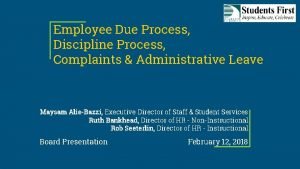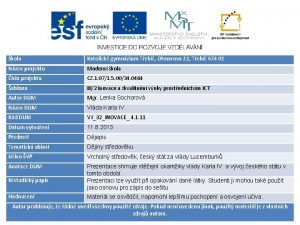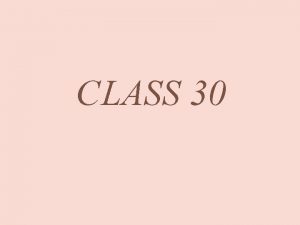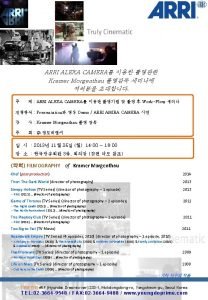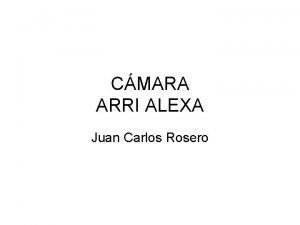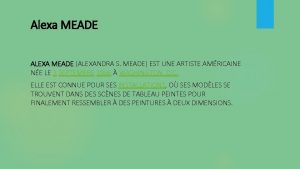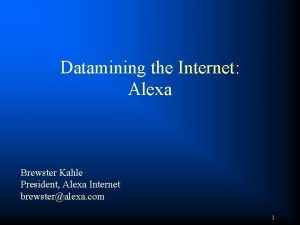Alie Alexa Jerica Carmen Karla Andrew and Kyle










- Slides: 10

Alie, Alexa, Jerica, Carmen, Karla, Andrew, and Kyle (THE COOLEST GROUP EVER!)

Behavioral personality theories emphasize that personality is no more (or less) than a collection of learned behavior patterns Personality is acquired through classical and operant conditioning, observational learning, reinforcement, extinction, generalization, and discrimination Strict learning theorists reject the idea that personality is made up of traits. They are interested in the situational determinants (external causes) of our actions.

Early theory proposed by John Dollard and Neal Miller (1950) Habits- learned behavior patterns make up the structure of personality

Drive- stimulus strong enough to guide a person to action. (hunger, pain, lust, frustration) Cues- signals from the environment Responses- actions that bring about the rewards Reward- positive reinforcement

Julian Rotter The “cognitive behaviorism” of social learning theory was illustrated by three concepts: Psychological Situation- how the person interprets or defines the situation Expectancy- the anticipation that making a response will lead to reinforcement Reinforcement Value- states that humans attach different subjective values to various activities or rewards

Self- Efficacy= a capacity for producing a desired result (Albert Bandura) Self- Reinforcement= praising or rewarding oneself for having made a particular response. Self-reinforcement is closely tied to high self esteem. The reverse is also true.

Social reinforcement- based on praise, attention, or approval from others Miller and Dollard believe in four critical in childhood situations that later affect personality: feeding, toilet training or cleanliness training, sex training, and learning to express anger or aggression If children are tended to while crying, they learn to be manipulative. If children are not tended to while crying, they become passive

According to the social learning theory, identification and imitation contribute greatly to personality development and sex training. Identification- child’s emotional attachment to admired adults. It encourages imitation- a desire to act like the admired person.

A study showed that preschool teachers are three times more likely to pay attention to aggressive or disputive boys than to girls acting the same way By age ten, boys expect to get less disapproval from parents for aggression

Social learning and personality are linked Affectionate parents= sociable, positive, high esteemed children Neglectful parents= hostile, unstable, and dependent children
